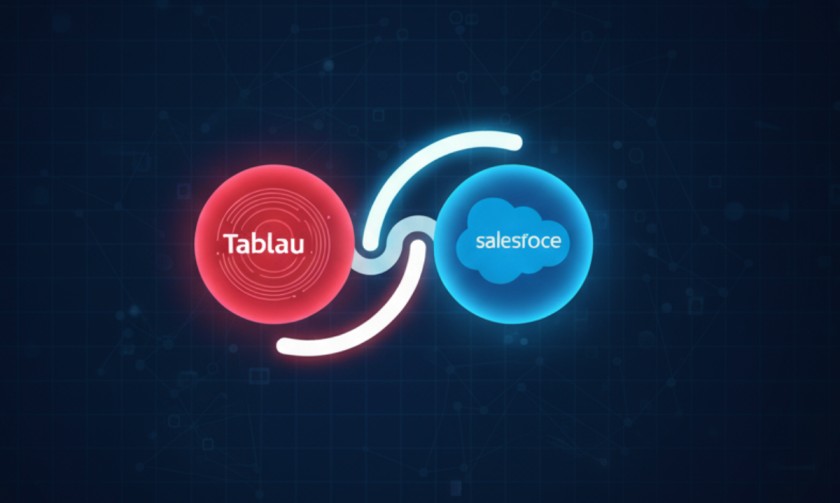Repeat customers are the backbone of any successful business. They spend more, purchase more often, and are easier to retain compared to new customers. One of the most powerful ways to understand and encourage repeat sales is by using POS (Point of Sale) data analytics. Modern POS systems don’t just process transactions; they collect valuable insights about customer behavior, product performance, and sales trends.
How POS Data Analytics Boosts Repeat Sales
Using POS data analytics, businesses can gain a clear view of customer journeys and purchasing behaviors. Instead of relying on guesswork, companies can make informed decisions that encourage repeat purchases, improve loyalty, and maximize long-term revenue. The following strategies highlight how POS insights can be applied effectively.
1. Understand Customer Buying Patterns
POS systems record every transaction, giving you clear visibility into what customers are buying, when they are buying, and how often they return. By analyzing this data, businesses can:
- Identify frequent buyers and high-value customers.
- Spot seasonal purchase patterns.
- Recognize which products encourage customers to come back.
This insight helps in designing strategies that align with real customer habits instead of assumptions.
2. Create Personalized Promotions
Customers are more likely to return if they receive offers that match their interests. POS data allows you to segment buyers based on purchase history. For example:
- A coffee shop can offer discounts on its favorite beverages.
- A fashion retailer can promote accessories to customers who recently purchased clothing.
- A grocery store can suggest complementary products based on prior purchases.
Tailored promotions not only encourage repeat visits but also increase average basket size.
3. Improve Inventory Decisions
One common reason customers don’t return is product unavailability. POS data shows which products are in high demand and which ones have declining sales. By analyzing this:
- Businesses can stock the right products consistently.
- Avoid overstocking items that don’t sell.
- Ensure popular products are always available.
When customers know they can rely on you for the items they want, they’re more likely to come back.
4. Strengthen Loyalty Programs
A well-designed loyalty program can significantly boost repeat sales. POS data makes it easy to track loyalty points, rewards, and redemptions. More importantly, it highlights which incentives actually work.
- You can reward frequent buyers with exclusive offers.
- Provide personalized perks based on their past purchases.
- Measure the effectiveness of loyalty campaigns through redemption data.
When customers feel recognized and rewarded, they naturally return more often.
5. Identify Cross-Selling and Upselling Opportunities
POS analytics reveals products often bought together. This insight helps staff recommend add-ons at checkout or businesses to create bundled offers. For example:
- A sports store can suggest accessories when a customer buys equipment.
- A restaurant can promote desserts with popular meal combos.
- An electronics shop can upsell warranties or related gadgets.
These strategies not only boost sales per transaction but also improve customer satisfaction, making them more likely to come back.
6. Track Customer Feedback Through Data
POS systems can be integrated with feedback tools that capture customer ratings and comments after purchases. Analyzing this feedback along with sales data provides a complete picture of why customers return or why they don’t.
- Negative reviews tied to specific products or services can be addressed quickly.
- Positive feedback can highlight strengths to promote further.
Responding to customer needs promptly builds trust and long-term loyalty.
7. Monitor Sales Trends to Refine Strategy
Over time, POS data reveals long-term trends that can guide decision-making. Businesses can track:
- Which customer segments are most loyal?
- How pricing changes affect repeat purchases.
- Which marketing campaigns drive second and third purchases?
This continuous monitoring ensures that repeat sales strategies stay relevant and effective.
8. Provide a Seamless Customer Experience
Fast checkouts, easy payment options, and personalized receipts all contribute to a better customer experience. POS systems collect insights that help businesses optimize these touchpoints. For example, knowing which payment methods are most popular allows you to make checkout smoother. When customers experience convenience, they are more likely to choose your business again.
Beyond convenience, POS data analytics can also uncover pain points during the buying process. If long queues or delays are common, the data can highlight peak times and help allocate staff accordingly. A smoother experience reduces friction and keeps customers loyal.
Turn Your Data Into Business Growth
Use data analytics services to uncover hidden opportunities, improve customer retention, and make confident, insight-driven decisions that move your business forward. From identifying customer buying patterns to optimizing operations and forecasting future trends, these services help transform raw data into measurable business impact.
Explore Data Analytics Services
Future of POS Data Analytics in Driving Repeat Sales
The future of retail and service industries will continue to rely heavily on data-driven insights. With cloud-based POS systems, advanced reporting, and integration with CRM platforms, businesses will have even more opportunities to understand their customers deeply. Real-time analytics will help retailers respond instantly to buying patterns, while predictive insights can guide future promotions and inventory decisions.
In the long run, companies that invest in POS analytics for repeat sales improvement will not only retain more customers but also build stronger brand loyalty. By continuously analyzing and adapting strategies, businesses can secure long-term growth and stay competitive in a rapidly evolving marketplace.
Final Thoughts
Repeat sales don’t happen by chance; they are built through consistent customer satisfaction, smart inventory planning, and personalized engagement. POS data analytics provides the insights needed to achieve all three. By understanding customer behavior, tailoring promotions, and optimizing operations, businesses can turn one-time buyers into loyal, repeat customers.
For any business looking to grow sustainably, leveraging POS data analytics for customer retention, repeat sales growth, and loyalty building is no longer optional; it’s essential.
FAQs on Improving Repeat Sales with POS Data Analytics
POS data analytics refers to the process of analyzing sales transactions recorded by a point-of-sale system. It provides insights into customer behavior, product performance, and overall business trends to help companies make data-driven decisions.
By tracking customer purchases, businesses can identify buying patterns, personalize offers, and ensure product availability. This encourages customers to return and make repeat purchases.
Yes. Small businesses can use POS data to better manage inventory, create simple loyalty programs, and design promotions tailored to local customer preferences, all of which can improve repeat sales.
POS systems make it easy to track customer rewards and redemption patterns. This allows businesses to identify which loyalty incentives are most effective and refine their programs to keep customers engaged.
It highlights popular payment methods, tracks peak hours, and identifies service bottlenecks. This helps businesses streamline checkout processes and create a smoother, more satisfying shopping experience.
Future POS systems will integrate more advanced reporting, real-time analytics, and predictive insights. This will allow businesses to forecast customer demand, automate promotions, and optimize retention strategies.








